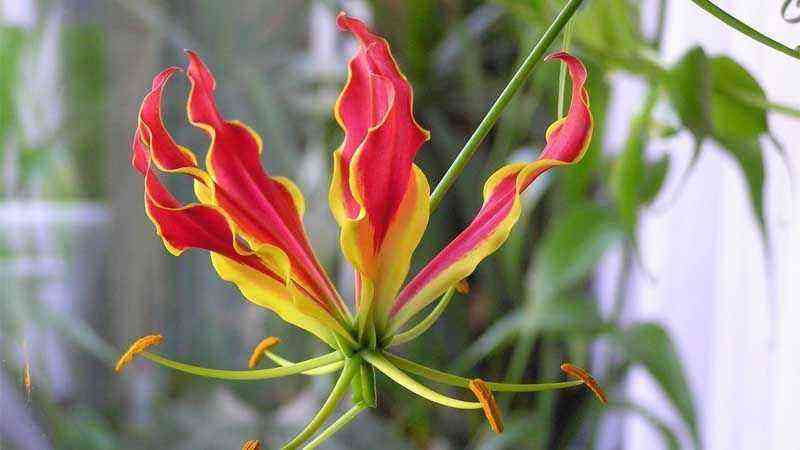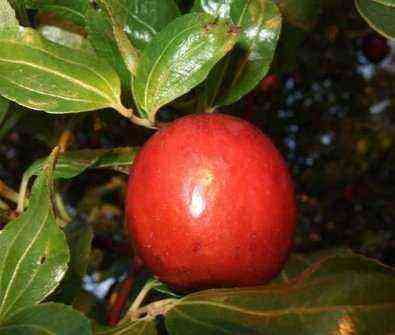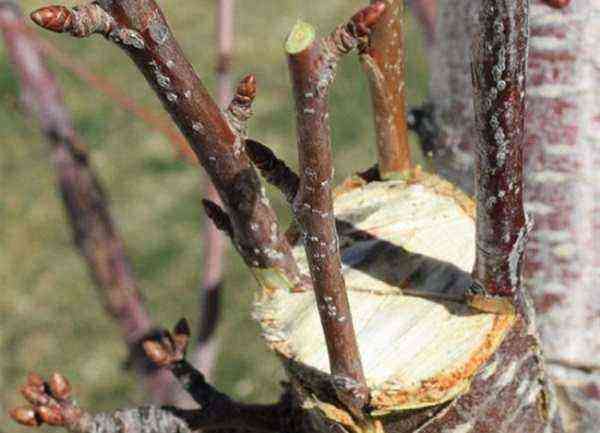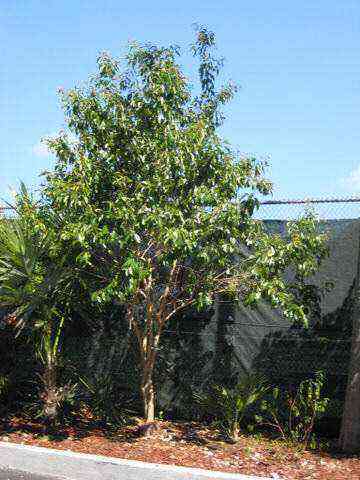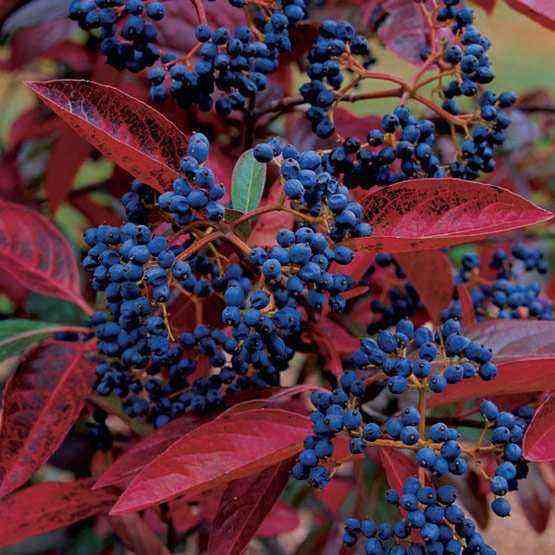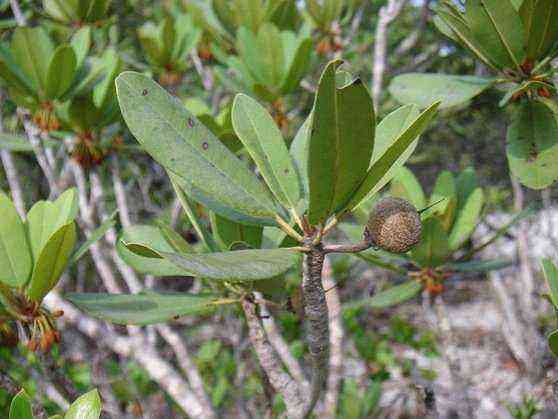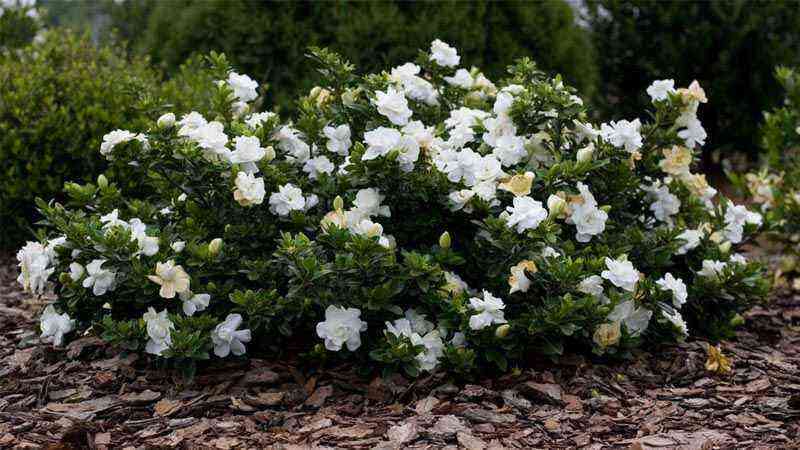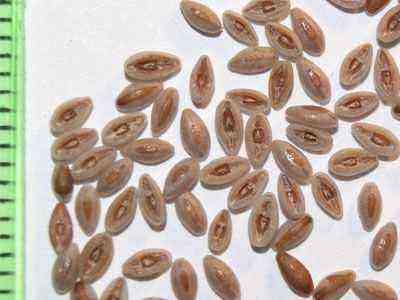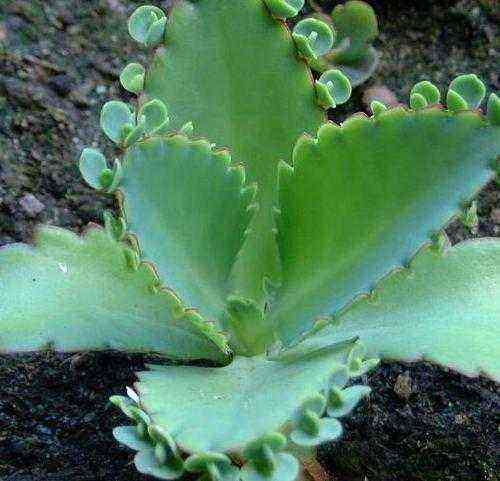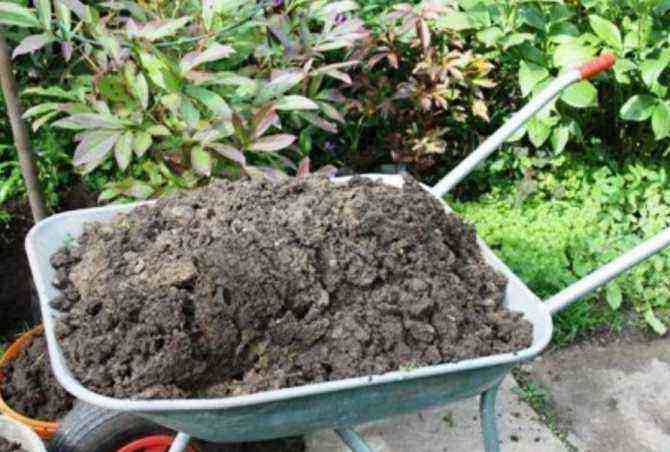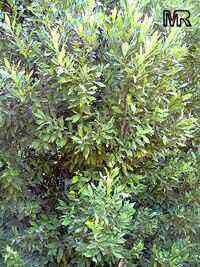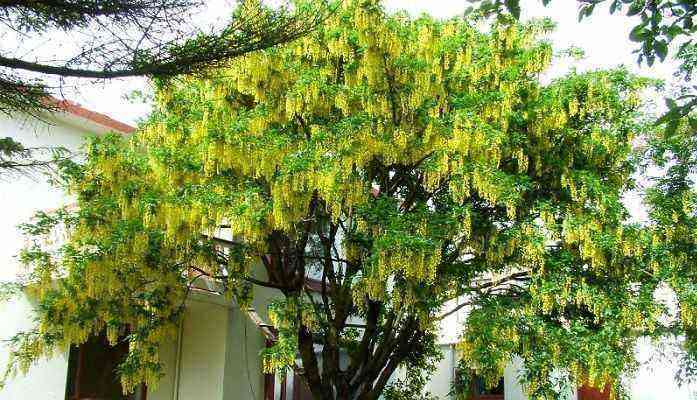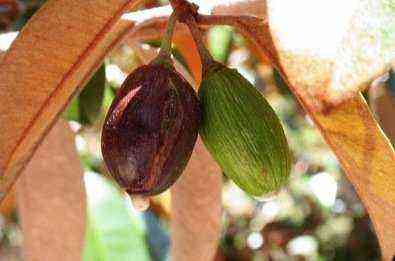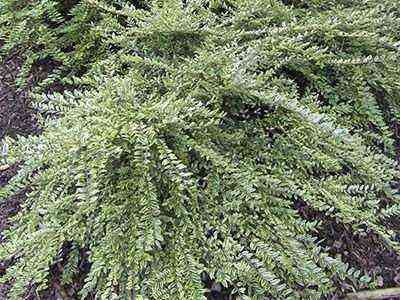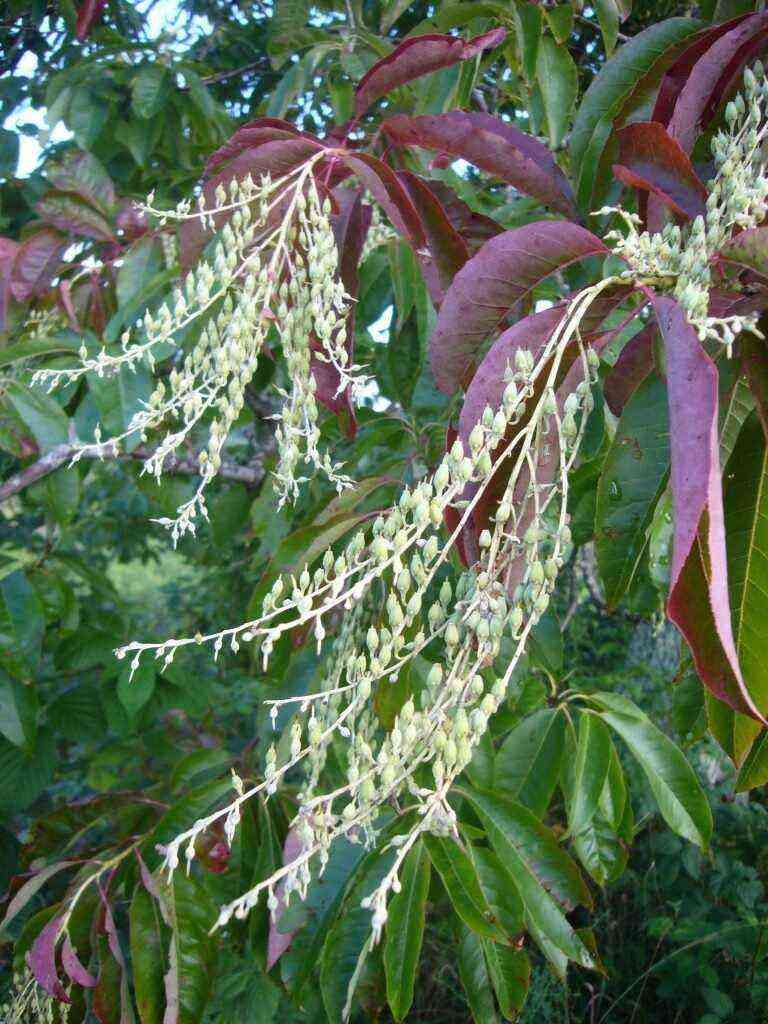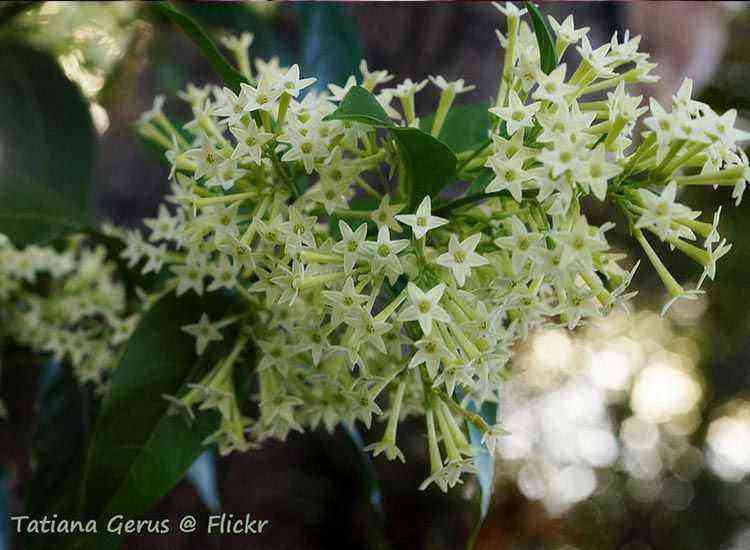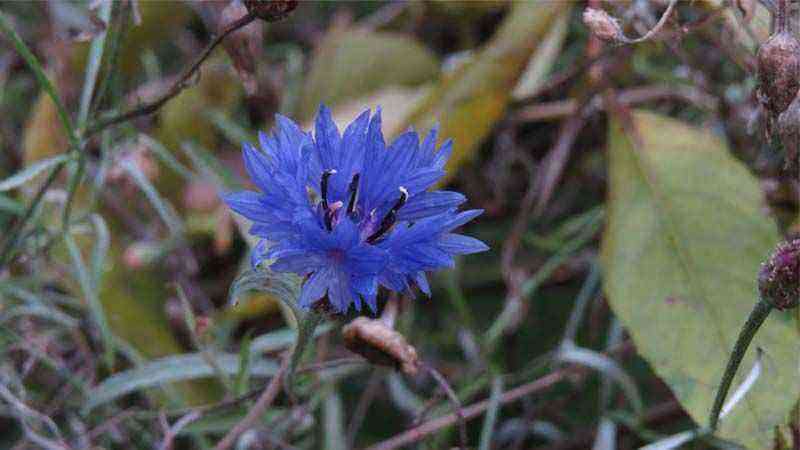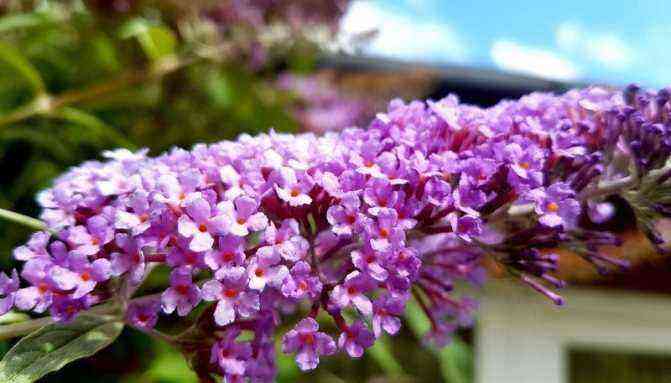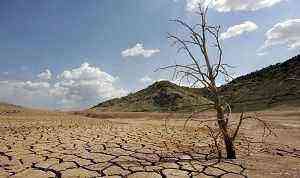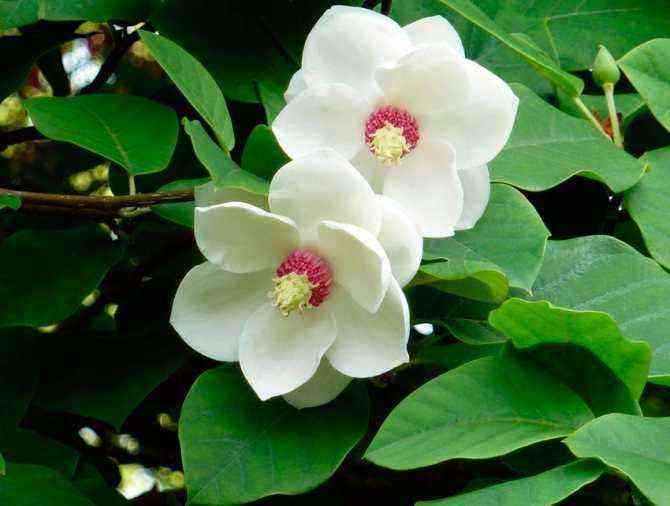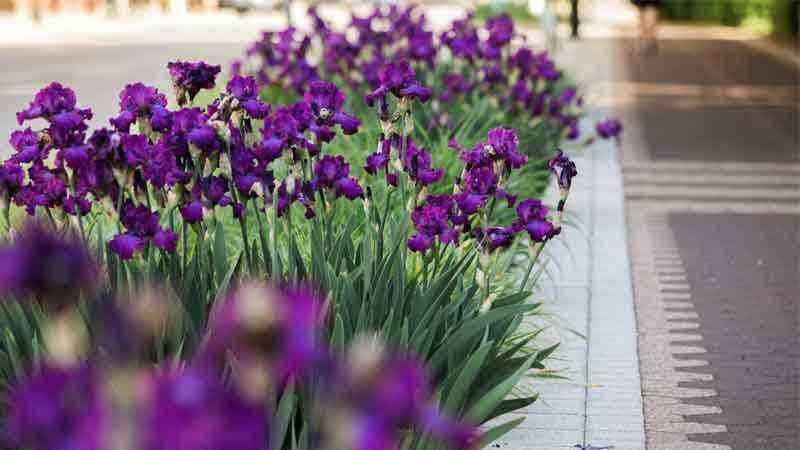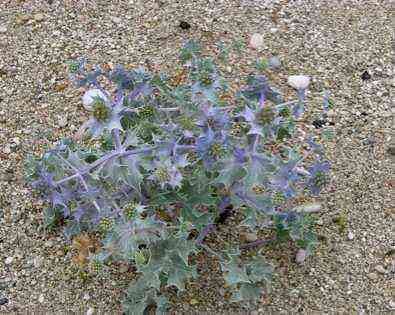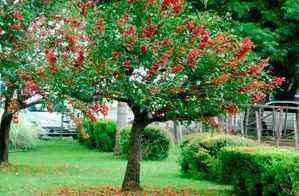Mimosa pudica. The shocking shameful
Within the plant kingdom, there are times when certain types of plants powerfully attract our attention. Carnivores are a clear case of something exceptional. Plants that border on behaviors typical of predators of the animal kingdom.
But leaving aside this mild aggressiveness of the carnivores we go to the other extreme. A plant that when you touch it, instead of biting, hides in fear. This is the Mimosa pudica.
Native to the tropical areas of America, this curious plant can be cultivated indoors until it reaches its normal size, at which time indoor conditions may become insufficient although possible.
The South American continent is very large, and the amount of climates it houses ranges from the typical contrasts of the more continental climate, to the oppressive and constant humid tropical climates.
This plant is from the latter places, so with these data we can already imagine that the care will be something special especially in rather dry climates where it will be difficult for us to maintain adequate humidity to satisfy your needs.
We will talk after that. For now we are going to see the great peculiarity of this plant. Its high sensitivity to contact and its defensive reaction.
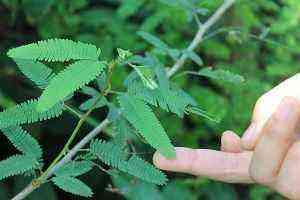
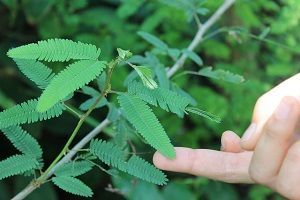
Photo by: Connie Ma
They call it the shameful plant or “don’t touch me”
Its leaves are composed of numerous leaflets. Very similar to those of a fern for example or the false pepper tree. These foliar formations are usually very appreciated from their ornamental point of view since they give dynamism to the plant that dresses them and wears them.
In the case of the Mimosa pudica, in addition to having that ornamental plus of the vegetative part, its delicate leaflets they are deployed in search of light but…. always alert!.
The moment they feel someone touch them, the plant automatically retracts in seconds and in the blink of an eye, the plant appears withered, dying and without any splendor. Why? Very easy, try to look withered and unappetizing for your potential predators. A plant that has developed a really curious and unique mechanism in the plant kingdom.
At Agromática we always wonder how these plants (some carnivores too) can have such a rapid response capacity to movement, when plants generally seem to have rather static structures and soooo slow movements. Here we leave you a video in which you can see the Mimosa pudica defending itself from the evil hands of its owners.
No need to worry as soon it returns to its normal state unfolding its leaflets again. It takes longer than to fold them up and get ready to “rearm.” Oh, and if you wake up at night and see it completely shrunken, don’t be scared by thinking that there is someone else at home who has touched your plant. At night the plant retreats whether we touch it or not.
Beware of abusing your modest condition … and your thorns
If we stop to think a bit, the fact of moving its plant structures with such speed is not a whim without cost. In exchange for this magnificent mechanism, the Mimosa pudica spends a huge amount of energy.
So we recommend that you record a video once and show it to family and friends because if every time someone goes home you touch their morale, they will end up withering indefinitely from exhaustion.
And on the other hand, when the plant grows it will develop thorns on their stems with which we have to be careful. Nothing about mimosa!
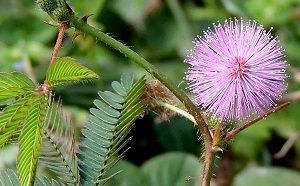
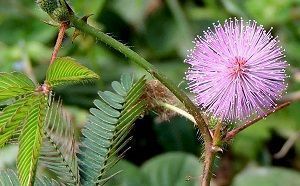
Did you like it? You can try to take care of the Mimosa pudica indoors
Temperatures
As we mentioned at the beginning, the climate of Mimosa pudica is tropical. At home it is not difficult to achieve average temperatures similar to those of these climates.
Perhaps the 21ºC is slightly short but if we have a south facing room, It is very possible that with a sunny climate we can reach generous temperatures that provide a good thermal environment for this vegetable jewel.
What we do have to take into account is that the higher the temperature, the higher the required humidity due to perspiration so a proper balance will have to be found. Of course we are not talking about low temperatures.
Mimosa pudica does not withstand low temperatures. But when we say low we do not say 2 or 3 degrees. Below 12ºC, you already start to catch a cold.
Weather exposure
It doesn’t really have to be too high. And it better not be too direct. Can suffer burns on its leaves and he can no longer defend himself against that, that’s for sure. In any case, you do not have to worry too much in this regard. It tolerates certain doses of direct light and the mornings not very intense will appreciate them.
Irrigation and especially humidity for Mimosa pudica
Environmental humidity is a key factor. As we always tell you, a good way to provide a humid environment in the plant environment is the plate with small wet edges that will be able to evaporate the humidity more efficiently to achieve this environment.
The sprays will not hurt either, but it is better if they are very indirect, without aiming directly at the plant. Regarding watering, we must not neglect it and especially in summer, a flowering period in which it will require frequent watering.
If you can’t make it survive with these techniques, your environment may be too dry. Try to buy him a small glass greenhouse of these «monoplants» to try to better maintain humidity.
Substratum
More than the substrate we have to look at the pot size. It has quite large roots in relation to its aerial part, so we have to look for a large pot. It can even look somewhat unbalanced, but it is a necessity. And don’t forget that in addition to the pot, you will appreciate a couple of tutors to hold on. The substrate can be a normal substrate but with a little more sand than usual for better drainage.
Subscribing is optional but we can give it a boost during flowering if we wish. Its flowers are small and pinkish in color.
Pruning
Do not even think about it!. There is no more to say. It will be the only plant that should not be touched, along with the carnivores. The dry leaves will already be falling under their own power.
Go ahead and try growing Mimosa pudica at home!



